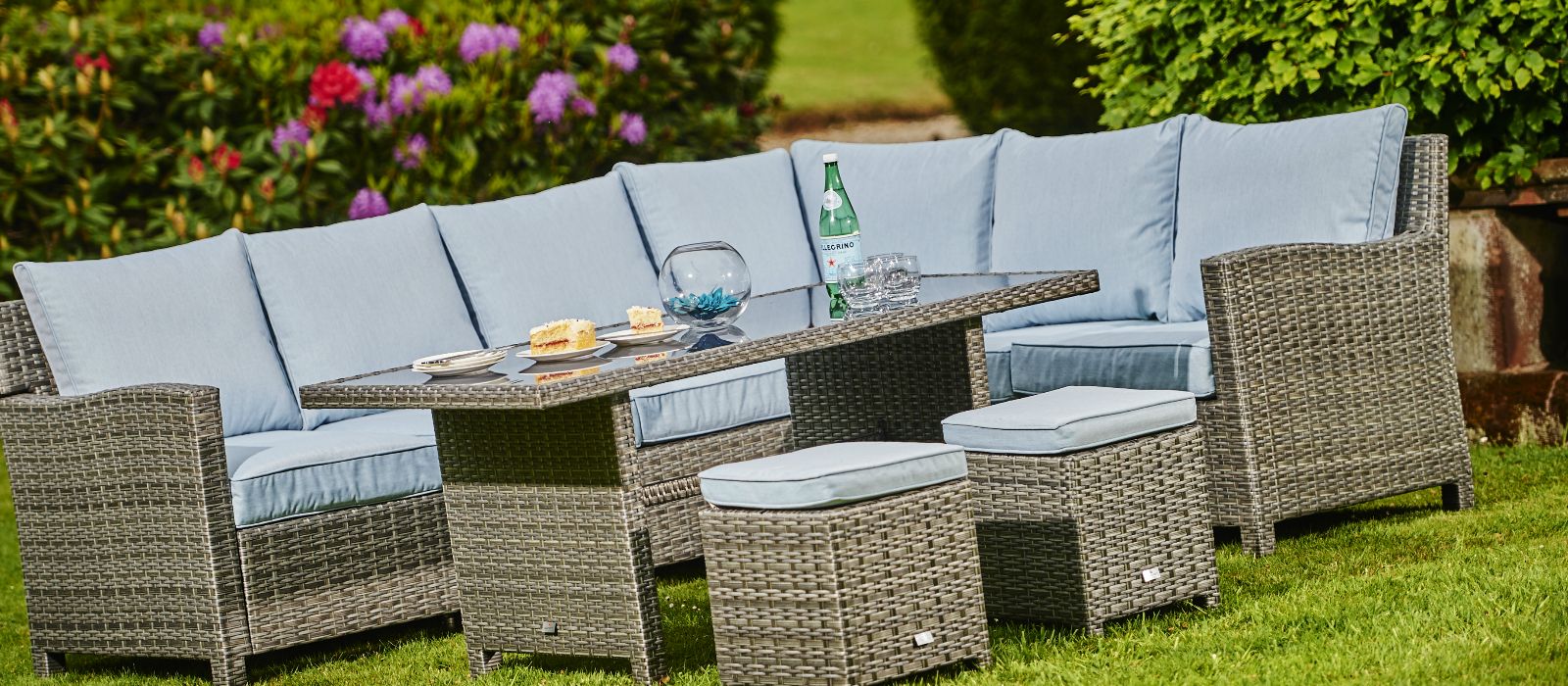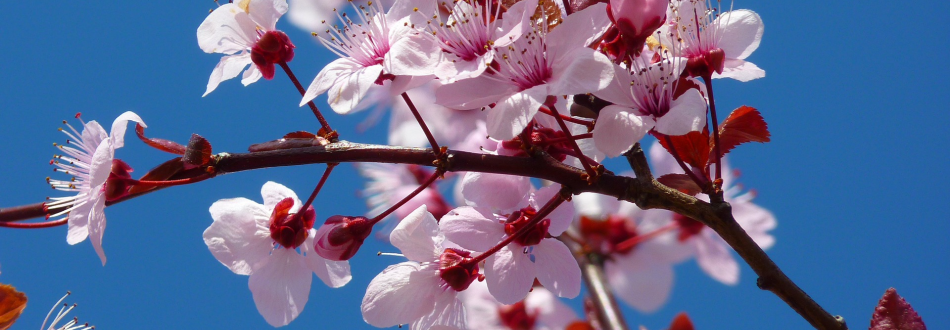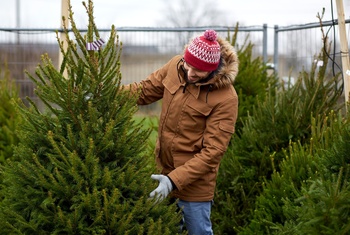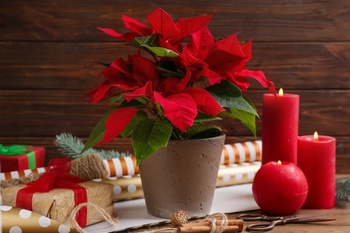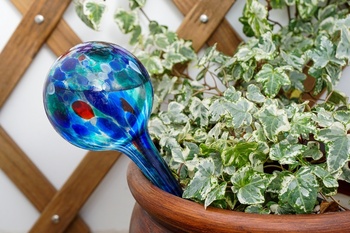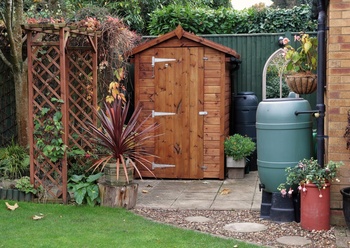
Lift and dry onions, shallots and garlic as soon as the leaves start to yellow and droop. There’s nothing wrong with them: it’s just a sign they’ve finished swelling those big fat bulbs and are ready to harvest.
Let them die down completely, then choose a dry spell of weather and gently work your way along the row loosening the roots of each bulb without actually lifting them. This breaks enough roots to trigger the start of the dormancy process.
A few days later, lift the bulbs completely and lay them on the soil to dry in the sunshine. If the weather is damp, bring them indoors into a sunny greenhouse or conservatory to dry on racks.
Leave them on one side for a few days, then turn each bulb so the sun hits all sides equally, hardening and ripening the skin to preserve the onion inside. After a couple of weeks of this they should be ready: this is the time to trim off excess roots and shorten the stem ready for stringing into a plait to hang in the kitchen. Dried carefully, they should last like this most of the winter: just cut an onion off the plait and use as required.
It's never too early to think ahead, so look out for autumn-sown onion sets arriving in the garden centre here in Nantgarw any moment now.
These tough little troopers come in lots of varieties including yellow, white and red-skinned onions. They’re bred to be very winter hardy, so they’re sown in early autumn for an early crop next year.
Sow sets about 25cm apart and by the time winter arrives they’ll be sturdy young seedlings with a month’s head start on the season. You can expect to start pulling them from early June – at least a month earlier than maincrops.

